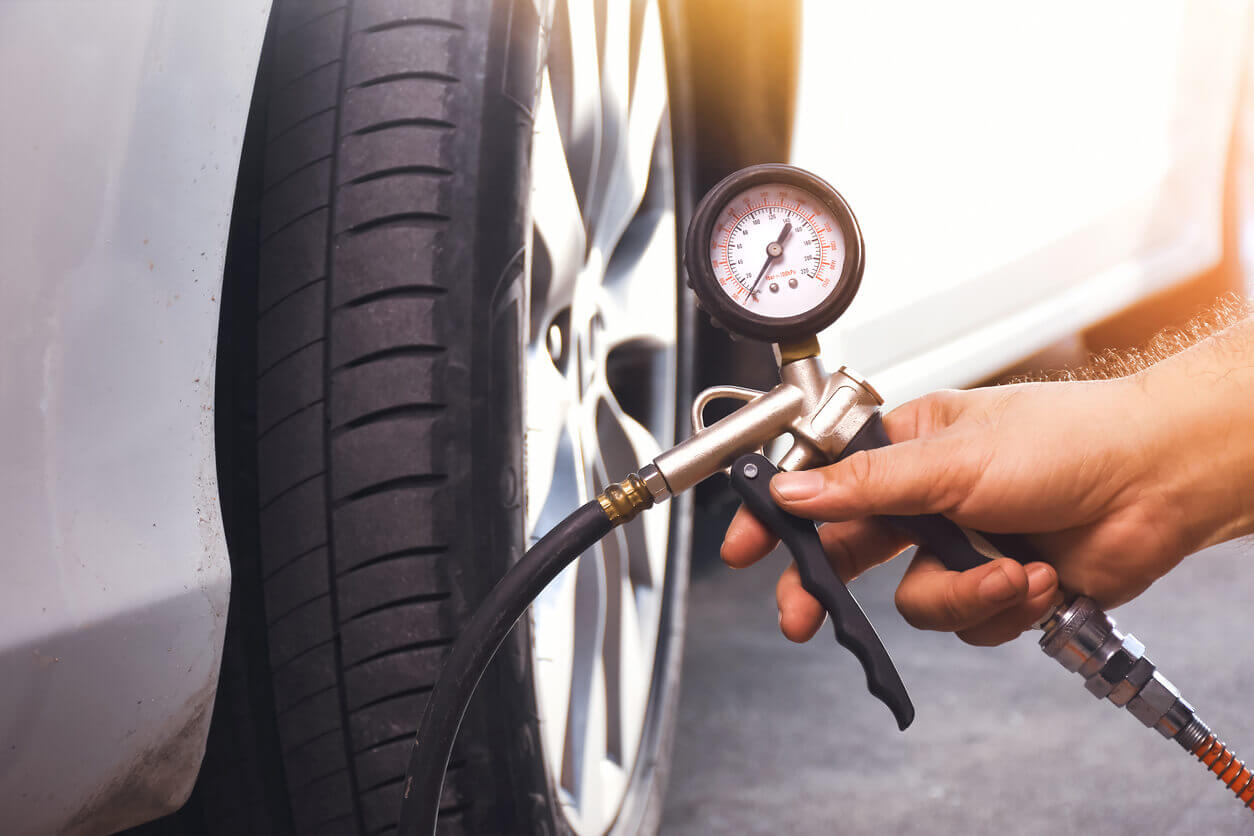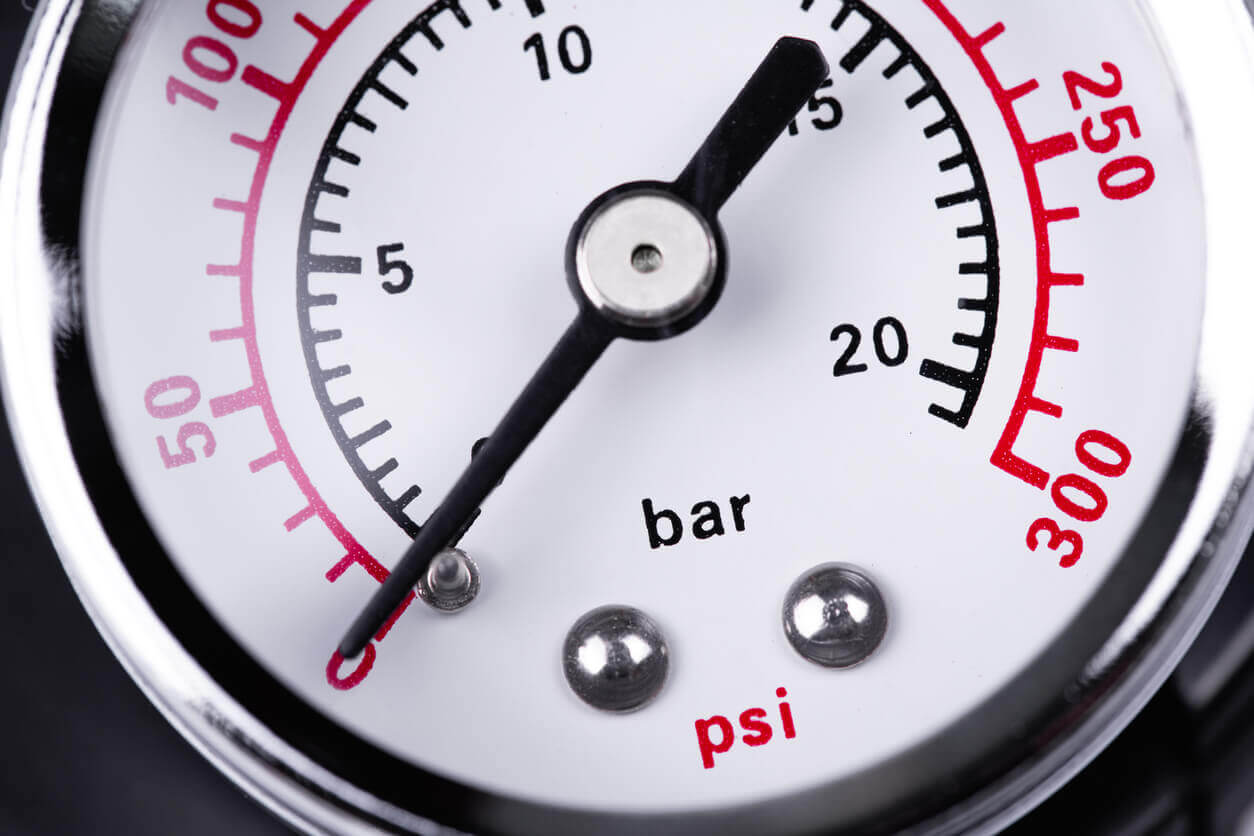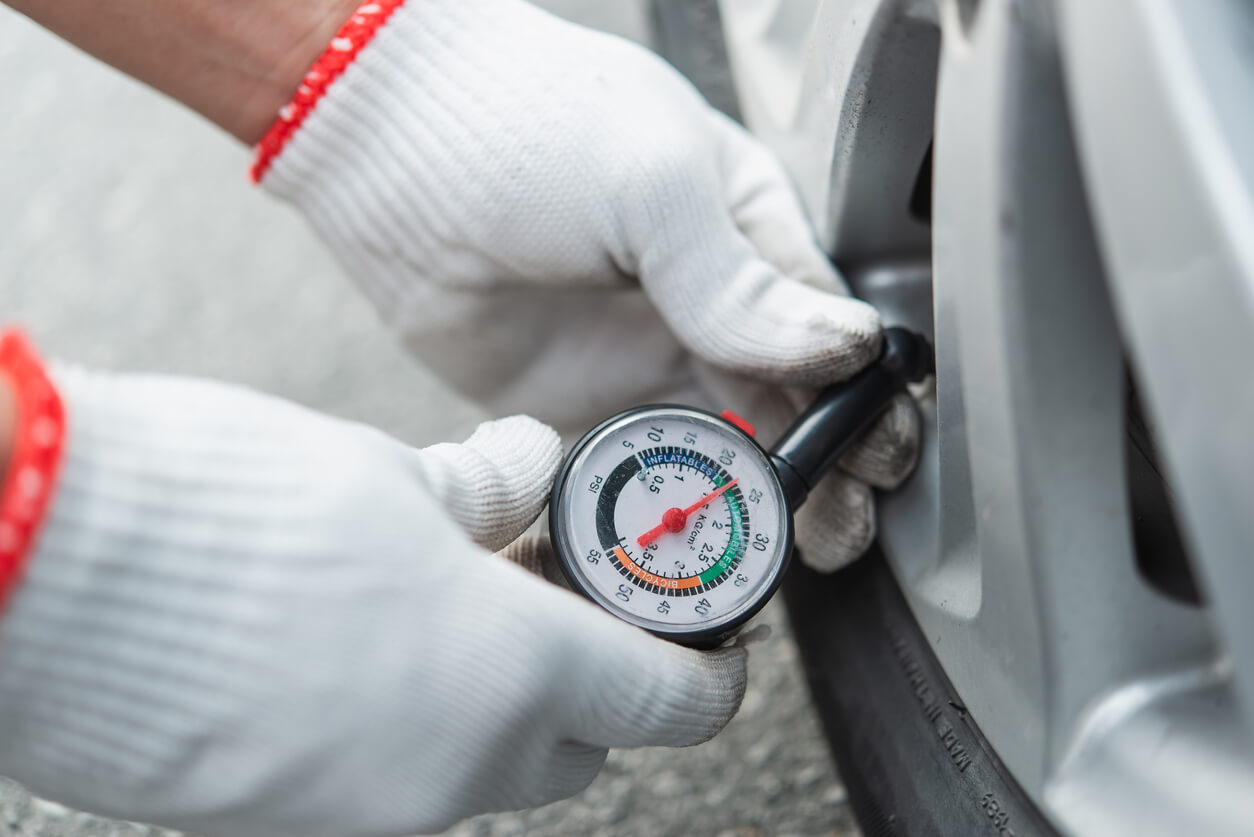Your guide to tyre pressures

If your tyre pressures are correct and you check them on a regular basis, it will greatly assist in the safe and efficient operation of your car. Incorrect tyre pressures can negatively affect your car's handling, and other parts of your vehicle, such as brakes, suspension, steering, and wheels, may also be harmed.
By checking your tyre pressures on a regular basis, you can ensure the safety of yourself, your passenger and other road users. You can find affordable tyre pressure gauges at most auto parts shops. These devices are small enough to keep in your car without taking up too much space.
There are a few things you should do before checking your tyre pressures, which we will explain below:
1. Begin with cold tyres
When checking your tyre pressures, your tyres should be cold. This is because hot or warm tyres that have recently been driven on may give inaccurate pressure readings.
A car’s tyres are considered cold when the vehicle has been driven for 1.6km or less, or the car has been parked for three hours or more.
2. Check the pressures advised by the manufacturer
Check the recommended tyre pressures for your vehicle. This is a unit of pressure expressed in pounds of force per square inch of area (PSI), which stands for Pounds per Square Inch.
The recommended tyre pressures can be found in the manufacturer’s manual or on the driver’s side door. Consult your vehicle manufacturer or a qualified tyre professional if you cannot find this information.
A tip to avoid getting confused while checking tyre pressures is to write down the recommended pressure for your tyres. This information can be found in the owner’s manual, which you can also keep handy when reading and adjusting the pressures to ensure accuracy.

3. Use your gauge to check tyre pressure
A pressure gauge is a device used to measure the pressure of the tyres on any vehicle that uses inflated tyres. Check the pressure with an accurate air pressure gauge and keep it at the level suggested on the vehicle tyre placard or in the owner's manual.
When checking your tyre pressure, take the following steps:
- Unscrew the dust cap to remove it.
- Insert the pressure gauge into the valve stem to determine the current pressures in your tyres.
- To establish whether your tyres need to be inflated (or deflated), compare the readings to the recommended tyre pressure.
- If you’re not fixing your tyre pressure right away, replace the dust cap by screwing it on finger tight for now.
4. Fill to the recommended PSI

If you notice your tyres are within a few PSI of the recommended pressures, you are fine to leave your tyres as-is.
When adjusting your tyre pressures, it is important to re-check the PSI to ensure accuracy. If your tyres become overinflated, you can simply press down on the tyre valve to slowly release some air before re-checking with your pressure gauge.
If you need to add more air to your tyres, you can fill your tyres with the recommended tyre pressure for each tyre by using an air compressor (don’t forget to include your full-sized spare tyre in the process if you have one!). There are different types of air compressors so it’s important you read the directions carefully to make sure you are using it correctly.
You can either buy an air compressor from your local car parts store, or use the one provided at your nearest service station.
Your local tyre experts.
Your nearest Tyrepower is locally owned and operated. Reach out to your local store today for expert advice on replacement tyres, the recommended air pressures for your vehicle, assistance with puncture repairs, wheel alignments and more!

